2021 News
 Linguistic Matrix Theory
Linguistic Matrix Theory

A collection of short articles based on the research of Dr Sanjaye Ramgoolam (CRST, QMUL) in the area of ``Linguistic Matrix Theory.’’
Date added: Monday, May 24, 2021
 SEPnet Public Engagement Awards 2021
SEPnet Public Engagement Awards 2021

Public engagement is central to Queen Mary’s commitment to work and collaborate with our local community for the good of all. We work hard to make sure that the world-class research carried out by the university and the School of Physics and Astronomy is understood and enjoyed by the public.
Date added: Friday, March 26, 2021
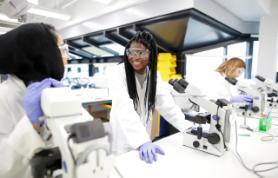 Celebrating Queen Mary Women in Science
Celebrating Queen Mary Women in Science

The UN International Day of Women and Girls in Science (11 February) aims to recognise the critical role women and girls play in science and technology communities.
Date added: Monday, February 22, 2021
 Queen Mary spinout Chromosol wins Royal Society of Chemistry competition
Queen Mary spinout Chromosol wins Royal Society of Chemistry competition

Chromosol, a spinout company from Queen Mary University of London has been announced as a winner of the Royal Society of Chemistry Emerging Technologies Competition.
Date added: Wednesday, September 30, 2020
 Meet the Undergraduate - Simranjeet Duhra, MSci Chemistry
Meet the Undergraduate - Simranjeet Duhra, MSci Chemistry

Simranjeet is going into her final year of her MSci Chemistry degree and in this blog reflects on her time so far, including the impact of the pandemic on studying.
Date added: Wednesday, August 12, 2020
 Student blog- How to survive uni life, Naeem Ahmed
Student blog- How to survive uni life, Naeem Ahmed

Naeem is just going into his final year of studying BSc Chemistry and in this blog shares his tips and tricks for new students
Date added: Tuesday, August 11, 2020
 Meet the Placement student - Nishma Thakor, BSc Chemistry with a Year in Industry
Meet the Placement student - Nishma Thakor, BSc Chemistry with a Year in Industry

We spoke to Nishma, who reflected on her time as a placement student at GlaxoSmithKline Pharmaceutical Supply Chain at Ware in the Incoming Materials Quality Control Laboratory.
Date added: Tuesday, September 15, 2020
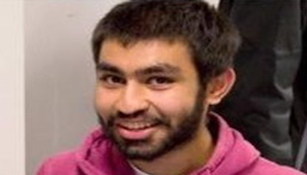 Meet the Undergraduate - Tayyib Ahmed Saddique, MSci Chemistry
Meet the Undergraduate - Tayyib Ahmed Saddique, MSci Chemistry

Tayyib has recently graduated from his MSci Chemistry degree and in this blog he explains what studying the subject at Queen Mary has been like
Date added: Tuesday, August 11, 2020
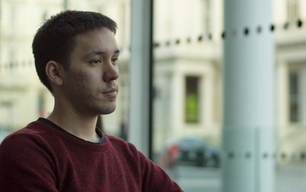 Dr Christopher Chen awarded medal for outstanding contributions to space science
Dr Christopher Chen awarded medal for outstanding contributions to space science

Dr Christopher Chen from Queen Mary University of London has won American Geophysical Union’s James B. Macelwane Medal for his significant contributions to the geophysical sciences as an early career scientist.
Date added: Wednesday, September 15, 2021
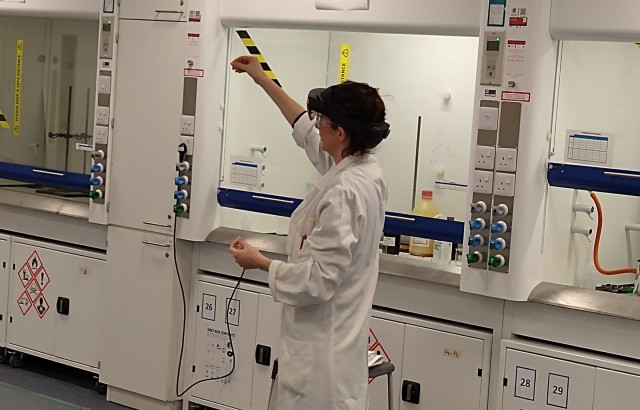 Department of Chemistry a winner at Pearson’s inaugural HE Innovate Awards
Department of Chemistry a winner at Pearson’s inaugural HE Innovate Awards

Department of Chemistry at Queen Mary University of London has won the award for ‘Most innovative hybrid or blended learning project’ at the first ever HE Innovate Awards.
Date added: Monday, September 20, 2021
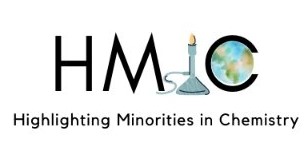 SPCS students work to highlight the scientific contributions of minoritised communities.
SPCS students work to highlight the scientific contributions of minoritised communities.

Black History Month is important for raising awareness around racial inequalities while holding a spotlight to and celebrating black inspirational figures.
Date added: Tuesday, October 12, 2021
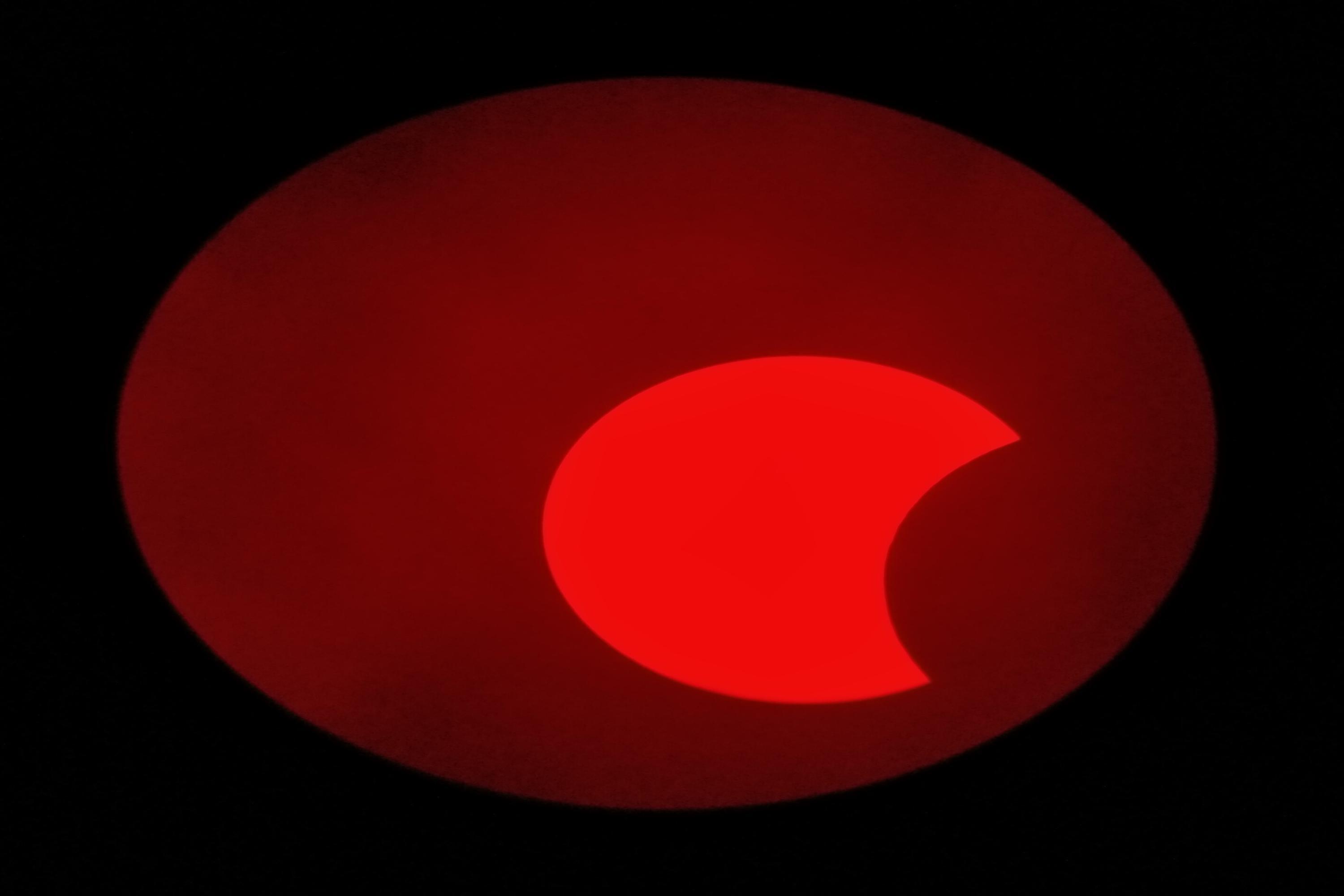 QMUL's Astronomical Observatory Captures Solar Eclipse
QMUL's Astronomical Observatory Captures Solar Eclipse

Members of the Astronomy Unit gathered at the School of Physics and Astronomy's Observatory to witness the recent partial solar eclipse.
Date added: Friday, June 11, 2021
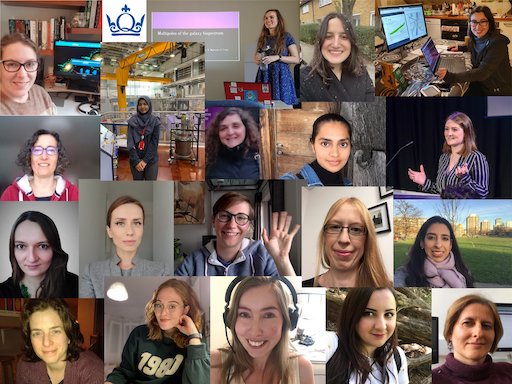 QMUL's Astronomy Unit Celebrates International Women's Day
QMUL's Astronomy Unit Celebrates International Women's Day

On Monday 8th March 2021, QMUL's Astronomy Unit celebrated International Women's Day by showcasing current staff, alumni, and eminent astrophysicists. A selection of tweets celebrating this day can be found below.
Date added: Monday, March 8, 2021
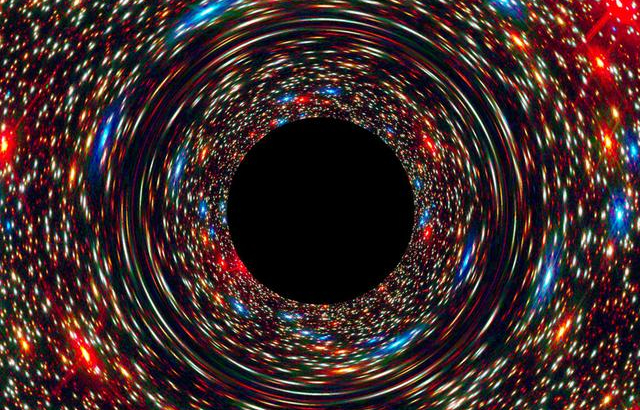 Research led by the AU finds black holes could reach ‘stupendously large’ sizes
Research led by the AU finds black holes could reach ‘stupendously large’ sizes

A recent study suggests the possible existence of ‘stupendously large black holes’ or SLABS, even larger than the supermassive black holes already observed in the centres of galaxies.
Date added: Wednesday, January 20, 2021
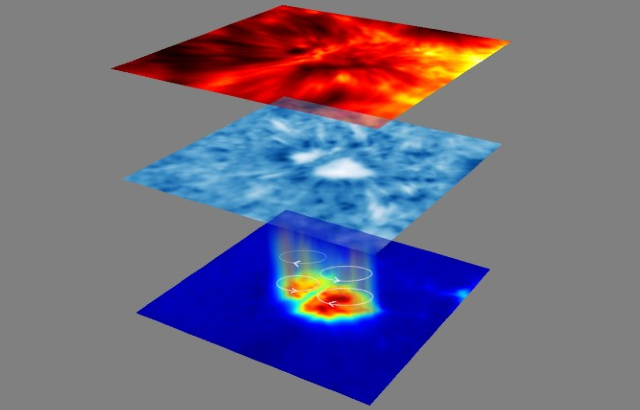 Important plasma waves in the solar atmosphere identified by AU researchers
Important plasma waves in the solar atmosphere identified by AU researchers

AU researchers have confirmed the existence of magnetic plasma waves, known as Alfvén waves, in the Sun’s photosphere.
Date added: Tuesday, May 11, 2021
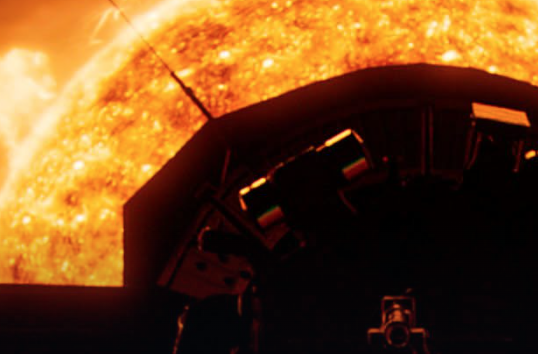 Dr Christopher Chen was featured on BBC2's programme, Universe: The Sun.
Dr Christopher Chen was featured on BBC2's programme, Universe: The Sun.

The Astronomy Unit's Dr Christopher Chen, Senior Lecturer in Space Plasma Physics from the Queen Mary University of London featured on BBC2's programme, Universe: The Sun.
Date added: Friday, October 29, 2021
 New Postdoctoral Position
New Postdoctoral Position

We're hiring a new postdoctoral research assistant in theoretical physics with closing date 12 January, 2022. Click on to find out more.
Date added: Friday, December 24, 2021
 Black Holes: The Edge of All We Know
Black Holes: The Edge of All We Know

A documentary film following the quest to understand the most mysterious objects in the Universe.
Date added: Tuesday, June 8, 2021
Linguistic Matrix Theory
A collection of short articles based on the research of Dr Sanjaye Ramgoolam (CRST, QMUL) in the area of ``Linguistic Matrix Theory.’’
Date added: Monday, May 24, 2021
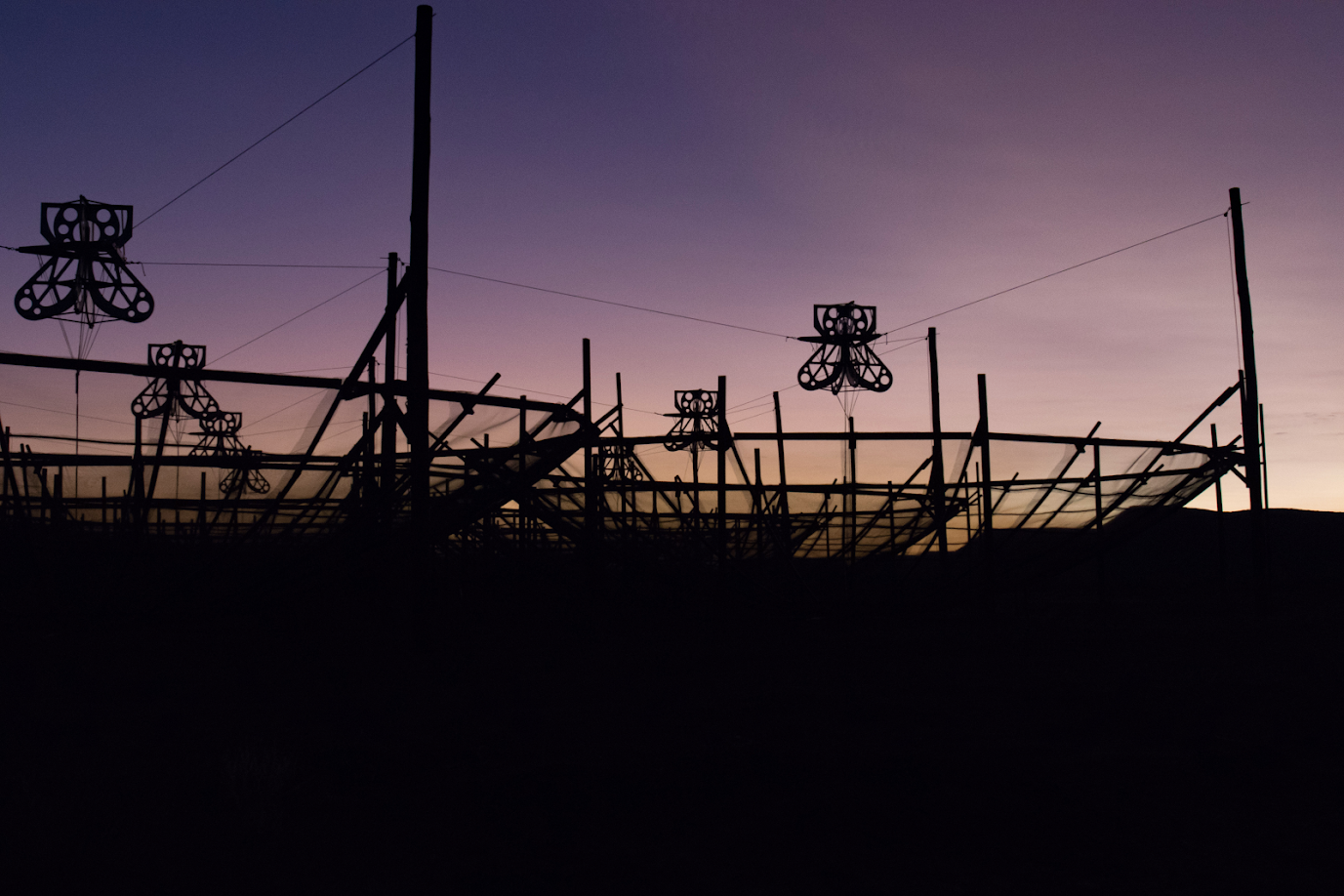 Queen Mary astronomers celebrate funding success
Queen Mary astronomers celebrate funding success

Astronomers at QMUL are celebrating a bumper research funding award from the UK Government's Science and Technology Facilities Council (STFC).
Date added: Thursday, April 30, 2020
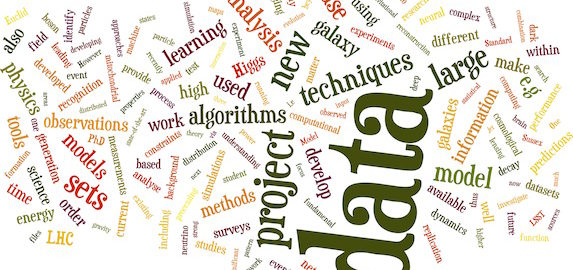 Queen Mary astronomer makes the connection to Data Science
Queen Mary astronomer makes the connection to Data Science

The QMUL School of Physics and Astronomy is a member of the Data Intensive Science Centre in the South East Physics Network (DISCnet). DISCnet is an STFC funded Centre for Doctoral Training, aimed at training a new generation scientists in data science. Paula Soares, a cosmology PhD student in the Astronomy Unit being supervised by Dr Alkistis Pourtsidou, is part of DISCnet and undertook a 3-month-long data science internship in the summer of 2019.
Date added: Monday, May 11, 2020
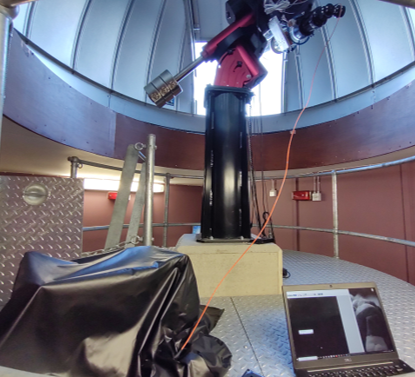 Innovative spectrometer sees first light (and breaks a record)
Innovative spectrometer sees first light (and breaks a record)

Astronomers at QMUL have developed an extremely high-resolution spectrometer for exoplanet studies that is many times smaller, lighter, and cheaper than current alternatives. Its first-light spectrum is thought to be the highest resolution ever taken from the UK!
Date added: Monday, June 1, 2020
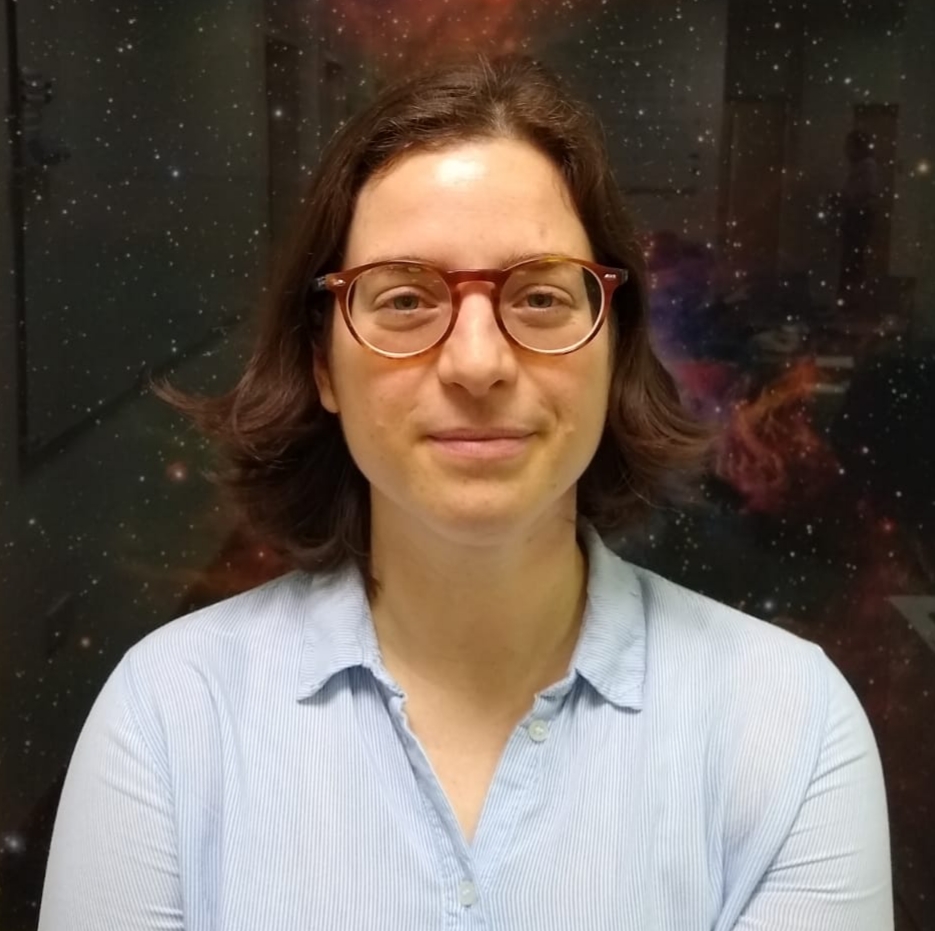 Dr Alkistis Pourtsidou to explore the universe as a Future Leaders Fellow
Dr Alkistis Pourtsidou to explore the universe as a Future Leaders Fellow

A Queen Mary cosmologist has been announced as a Future Leaders Fellow as part of a new government initiative to give leading researchers an opportunity to deliver global impact.
Date added: Thursday, May 9, 2019
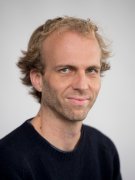 Queen Mary researcher awarded prestigious Eccellenza Professorial Fellowship
Queen Mary researcher awarded prestigious Eccellenza Professorial Fellowship

Dr Julian Adamek, a senior postdoctoral researcher in the Astronomy Unit, has been awarded a prestigious Eccellenza Professorial Fellowship by the Swiss National Science Foundation.
Date added: Monday, January 6, 2020
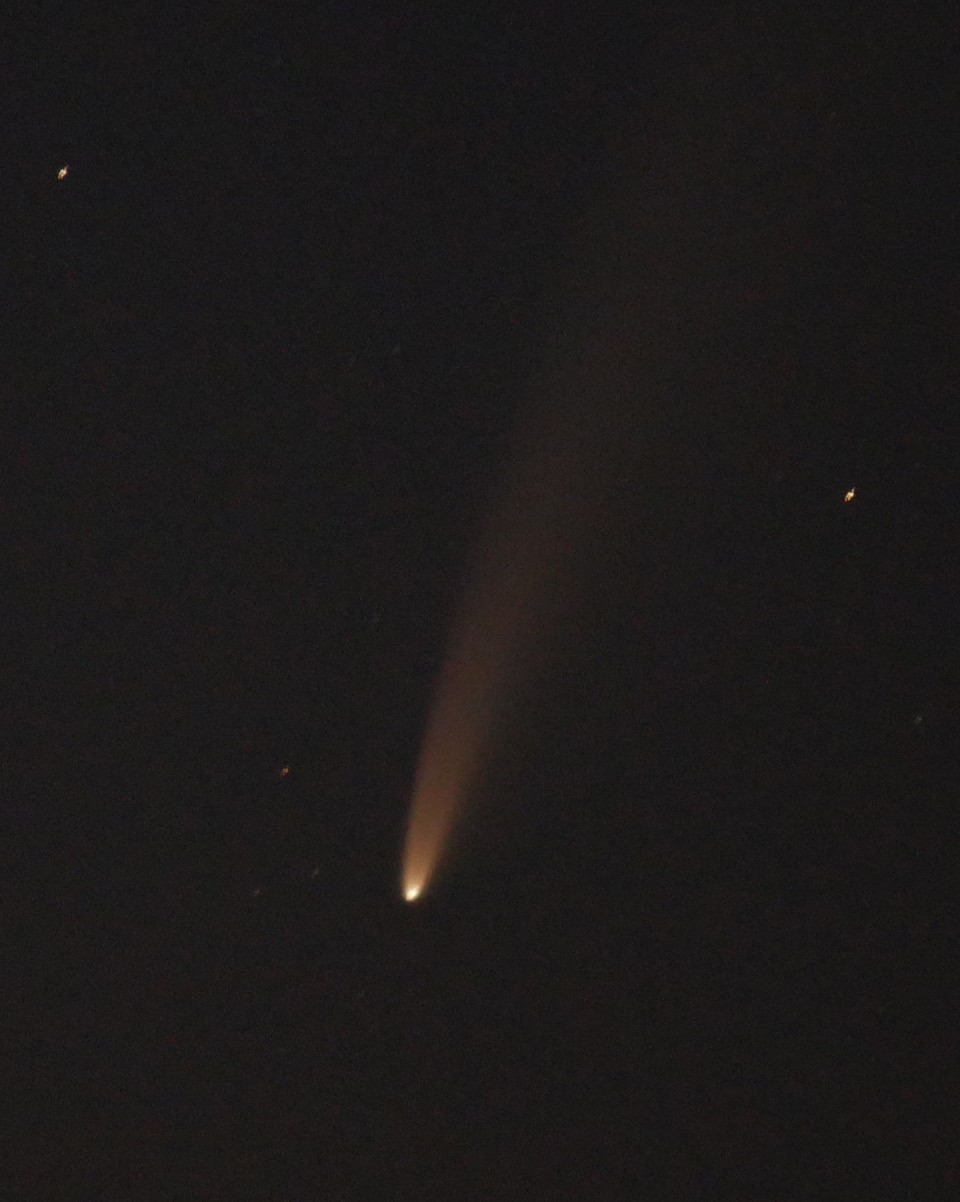 Rare naked-eye comet NEOWISE lights up the sky
Rare naked-eye comet NEOWISE lights up the sky

A recently-discovered comet has become visible to the naked eye during twilight. QMUL astronomer Thomas Haworth has been making the most of this rare opportunity by taking some photos!
Date added: Sunday, July 19, 2020
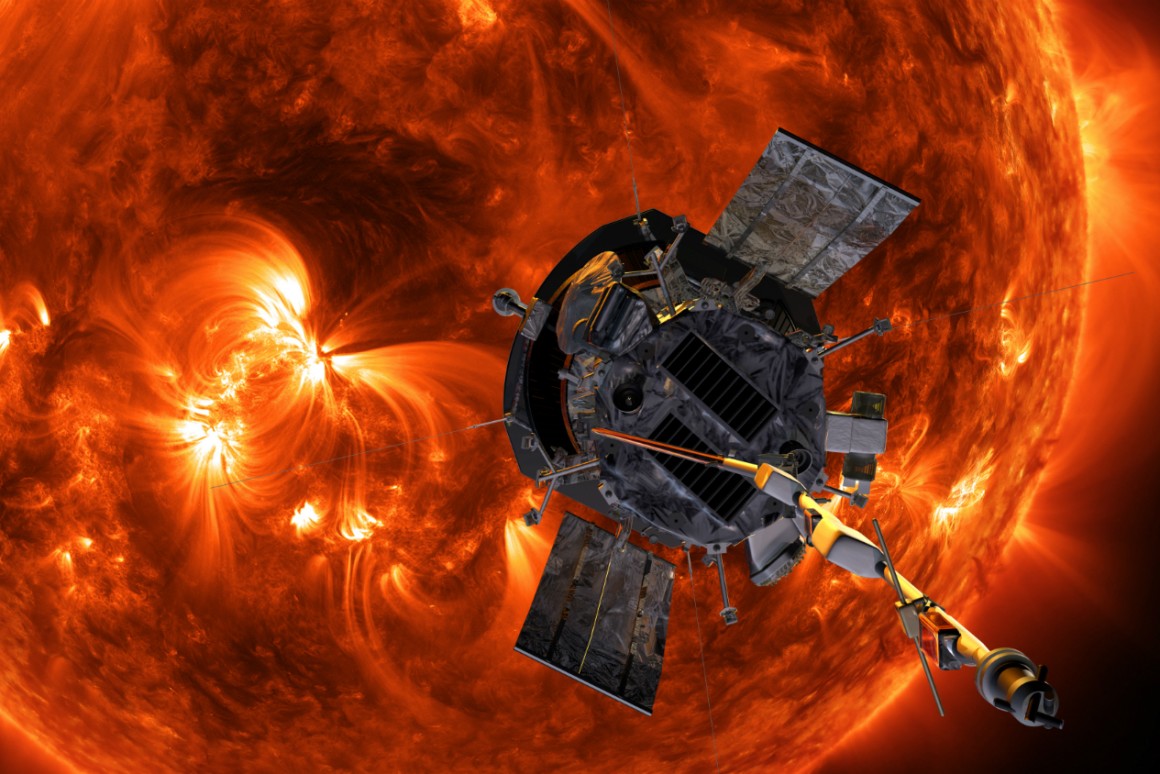 Researchers uncover intense chaotic motions of the solar wind
Researchers uncover intense chaotic motions of the solar wind

New research from Queen Mary University of London has observed the chaotic behaviour of the solar wind at distances closer to the Sun than ever before.
Date added: Monday, February 3, 2020
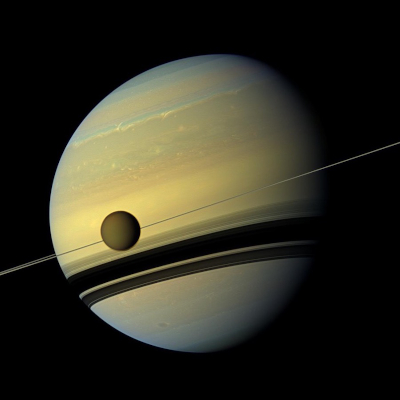 Saturn's Moon Titan Drifting Away Faster Than Previously Thought
Saturn's Moon Titan Drifting Away Faster Than Previously Thought

Research involving scientists from Queen Mary University of London has shown that the moons of Saturn are moving outwards faster than first estimated, providing new insights into how the Saturn system formed.
Date added: Monday, June 8, 2020
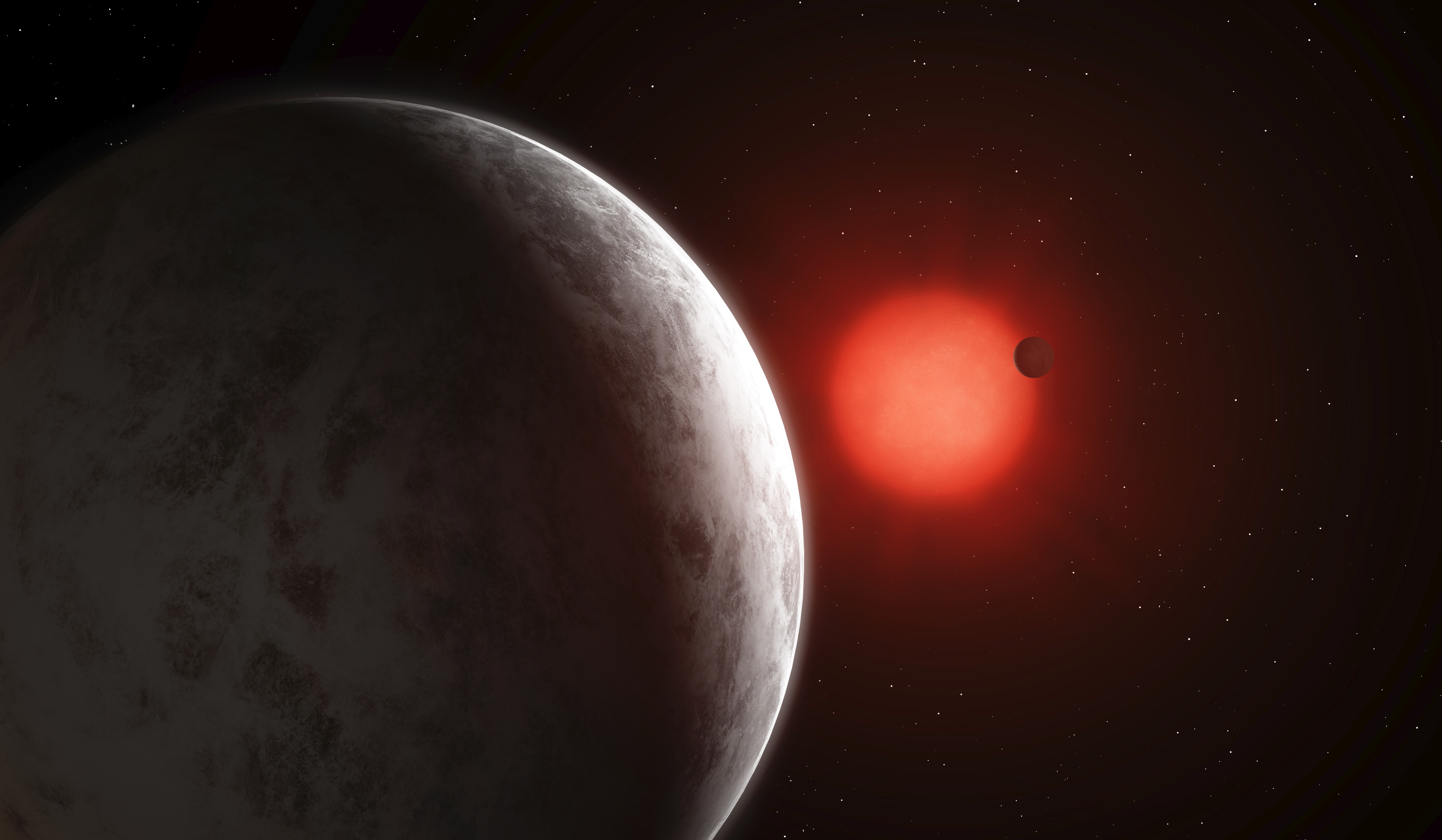 Super-Earths discovered orbiting nearby star
Super-Earths discovered orbiting nearby star

A system of super-Earth planets has been detected orbiting one of the closest stars to the Sun, Gliese 887. An international team of astronomers, including Professor Richard Nelson and Dr Gavin Coleman of Queen Mary University of London, made the discovery as part of Red Dots, a project to detect terrestrial planets orbiting stars close to the Sun.
Date added: Friday, June 26, 2020
 AU researchers win prestigious European Research Council grants
AU researchers win prestigious European Research Council grants

Two cosmologists in the Astronomy Unit in the School of Physics and Astronomy have been awarded prestigious Starting Grants from the European Research Council.
Date added: Monday, September 14, 2020
 Closest-ever approach to the Sun reveals dynamic origins of solar wind
Closest-ever approach to the Sun reveals dynamic origins of solar wind

Queen Mary researchers were part of an international team interpreting ground-breaking results from the Parker Solar Probespacecraft, which has flown closer to the Sun than ever before.
Date added: Thursday, December 5, 2019
 QMUL Astronomer helps to find Dormant Black Hole
QMUL Astronomer helps to find Dormant Black Hole

Queen Mary astronomer Dr Guillem Anglada Escudé is a member of an international team of astronomers who have used a novel method to find a black hole hiding in a nearby group of stars.
Date added: Wednesday, January 17, 2018
 Queen Mary astronomer to play key role in ESA’s Ariel exoplanet mission
Queen Mary astronomer to play key role in ESA’s Ariel exoplanet mission

Dr James Cho of the School of Physics and Astronomy is a member of the UK-led international team that will develop the European Space Agency’s Ariel mission, dedicated to observing and characterising planets in orbit around other stars (exoplanets).
Date added: Tuesday, March 27, 2018
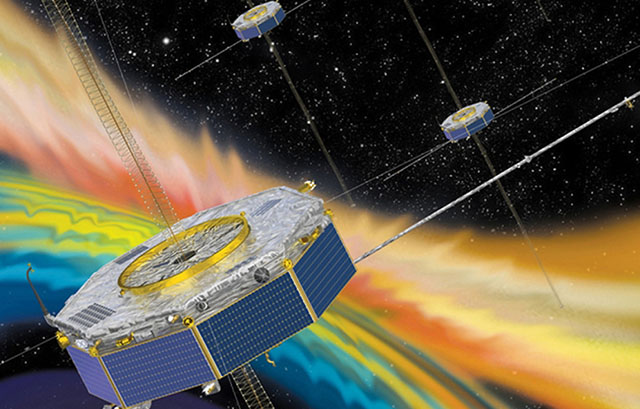 Spacecraft measurements reveal mechanism of solar wind heating
Spacecraft measurements reveal mechanism of solar wind heating

Queen Mary University of London has led a study which describes the first direct measurement of how energy is transferred from the chaotic electromagnetic fields in space to the particles that make up the solar wind, leading to the heating of interplanetary space.
Date added: Thursday, February 14, 2019
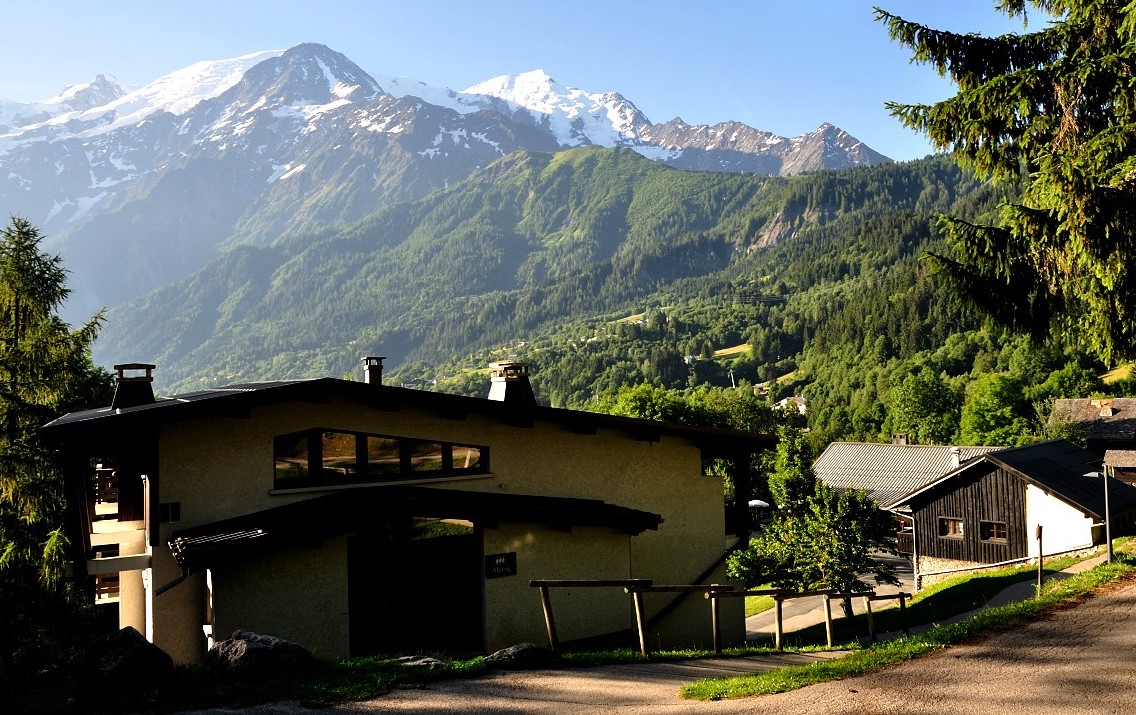 Astronomy Unit Members Attend the Les Houches School on Plasma Physics
Astronomy Unit Members Attend the Les Houches School on Plasma Physics

Members of the QMUL Astronomy Unit attended the Les Houches Physics School on "The multiple approaches to plasma physics from laboratory to astrophysics" and PhD student Alice Giroul won first prize for best poster presentation at the school.
Date added: Monday, May 27, 2019
 Astronomers find a super-Earth at Barnard's star
Astronomers find a super-Earth at Barnard's star

Astronomers from the School of Physics and Astronomy are members of an international team that has found a planet in orbit around the second-closest star to the Sun, known as Barnard's star.
Date added: Thursday, November 15, 2018
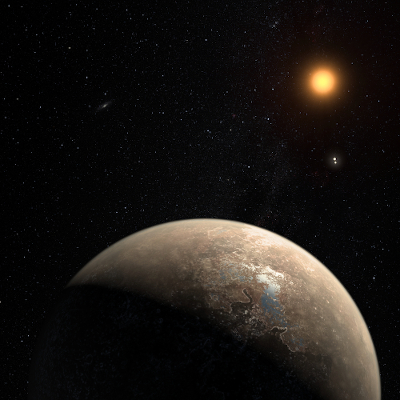 Updates from the Planets group at Queen Mary
Updates from the Planets group at Queen Mary

The Planets group at Queen Mary has had another busy year! Here are some recent highlights.
Date added: Thursday, March 5, 2020
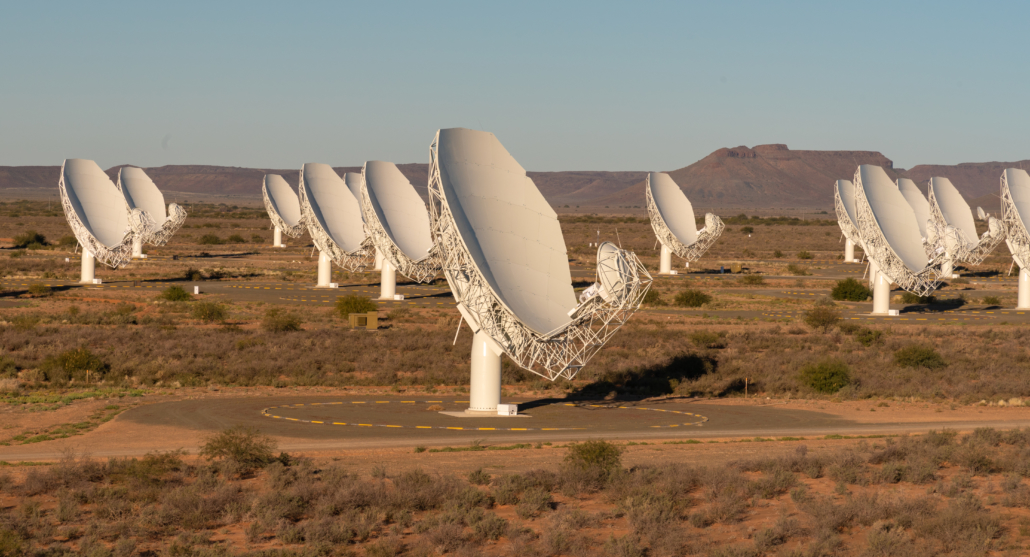 Astronomy Unit researchers help usher in a new era of radio cosmology
Astronomy Unit researchers help usher in a new era of radio cosmology

Researchers at Queen Mary are leading the way as a new generation of cosmic surveys with radio telescopes begin.
Date added: Friday, March 6, 2020
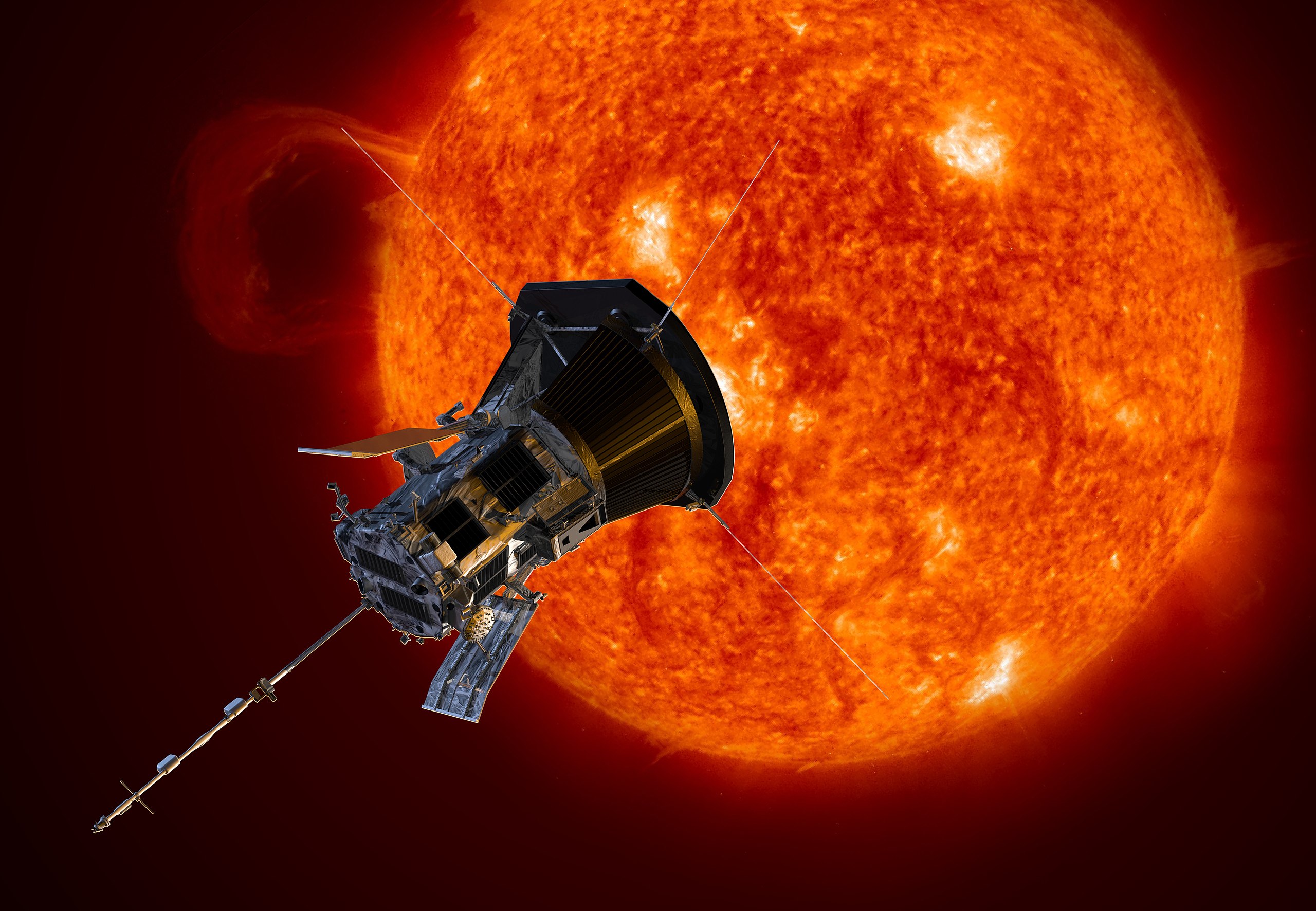 Astronomy Unit hosts the Parker Solar Probe FIELDS team meeting
Astronomy Unit hosts the Parker Solar Probe FIELDS team meeting

The QMUL Astronomy Unit hosts a meeting for the team that designed and operates the FIELDS suite of instruments onbaord NASA's Parker Solar Probe spacecraft.
Date added: Monday, March 16, 2020
 Parker Solar Probe enters the magnetic atmosphere of the Sun
Parker Solar Probe enters the magnetic atmosphere of the Sun

The NASA Parker Solar Probe mission has become the first spacecraft to enter the solar corona – the magnetically dominated atmosphere of the Sun. Researchers from the AU played a key role in the research confirming this historic event in space exploration.
Date added: Tuesday, December 14, 2021
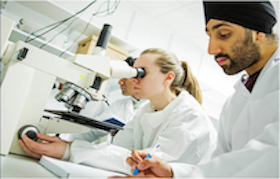 Faculty of Science and Engineering establishes new School structure to continue delivering excellence in research and education
Faculty of Science and Engineering establishes new School structure to continue delivering excellence in research and education

The proposal to create a new School structure in Queen Mary’s Faculty of Science and Engineering has recently been approved by Senate and Council.
Date added: Monday, August 2, 2021
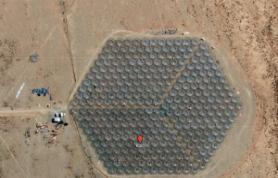 National Space Day – Celebrating Queen Mary’s Astronomy Unit and their work exploring the Cosmos
National Space Day – Celebrating Queen Mary’s Astronomy Unit and their work exploring the Cosmos

On the first Friday of May each year, countries around the world celebrate National Space Day. Established in the late 1990s, National Space Day encourages people to explore the wonders of the universe and promote cutting-edge astronomy and astrophysics research.
Date added: Friday, May 7, 2021
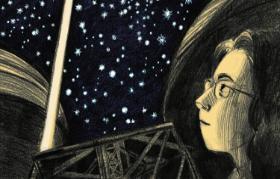 Queen Mary Physicist stars in new documentary opposite Stephen Hawking
Queen Mary Physicist stars in new documentary opposite Stephen Hawking

‘A black hole is stranger than anything dreamed up by science fiction writers. It’s a region of space where gravity is so strong that nothing can escape. Once you are over the edge, there’s no way back’ – Stephen Hawking
Date added: Tuesday, June 8, 2021
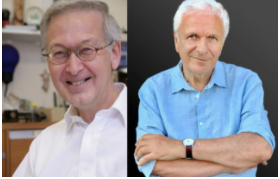 Queen Mary University of London professors awarded prestigious medals by the Royal Society
Queen Mary University of London professors awarded prestigious medals by the Royal Society

The Royal Society is a Fellowship of many of the world's most eminent scientists and is the oldest scientific academy in continuous existence.
Date added: Tuesday, August 24, 2021
The Department of Chemistry recognised as frontrunners in advancing Social Mobility
The Sutton Trust, along with the Institute for Fiscal Studies, have written a report exploring how social mobility varies by University, subject and at course level. Thanks to analysis by Dr Micheal O’Neill at the University of Oxford, it has emerged that the Department of Chemistry at Queen Mary University of London is leading the way on advancing social mobility.
Date added: Wednesday, January 26, 2022
 The primordial goo created by the Big Bang may have flowed like water.
The primordial goo created by the Big Bang may have flowed like water.

“We do not fully understand the origin of this striking similarity yet but we think it could be related to the fundamental physical constants which set both the universal lower limit of viscosity for both ordinary liquids and quark-gluon plasma,” Kostya Trachenko, a physics professor at Queen Mary University of London and author of the recent paper, said in the statement.
Date added: Thursday, June 3, 2021
 World Environment Day - Delivering the Battery Revolution
World Environment Day - Delivering the Battery Revolution

As part of a series of events running up to the United Nations Climate Change Conference 2021, Queen Mary University of London in collaboration with the National Battery Research Institute and the British Council will be running the workshop ‘Delivering battery revolution: Reducing the drivers of climate change in Indonesia’. The workshop aims to explore the role of the Island nations role in climate change, both globally and locally.
Date added: Friday, June 4, 2021